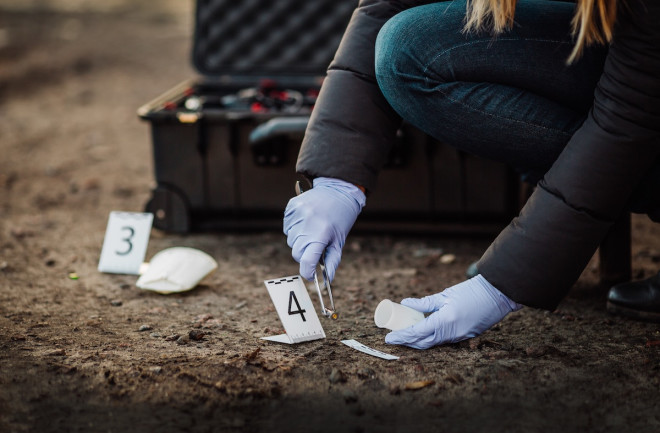This story was originally published in our November/December 2021 issue as "Fixing Forensics." Click here to subscribe to read more stories like this one.
Statistics research doesn't usually require weapons. But to develop their latest algorithm, Iowa State University statisticaians Alicia Carriquiry and Heike Hofmann needed thousands of bullets fired from a small collection of handguns. So they put the firepower in their own hands, and hit the range.
For nearly a year, Carriquiry and Hofmann, supervised by sheriff’s deputies, unloaded round after round into a tube with Kevlar fibers. After each shot, they fished out the bullet and tucked it in a plastic baggie labeled with critical data: gun, barrel, shot number.
“If you had asked me a few years ago whether I was going to be doing this type of data collection, I would have said, ‘You’re crazy,’ ” says Carriquiry.

